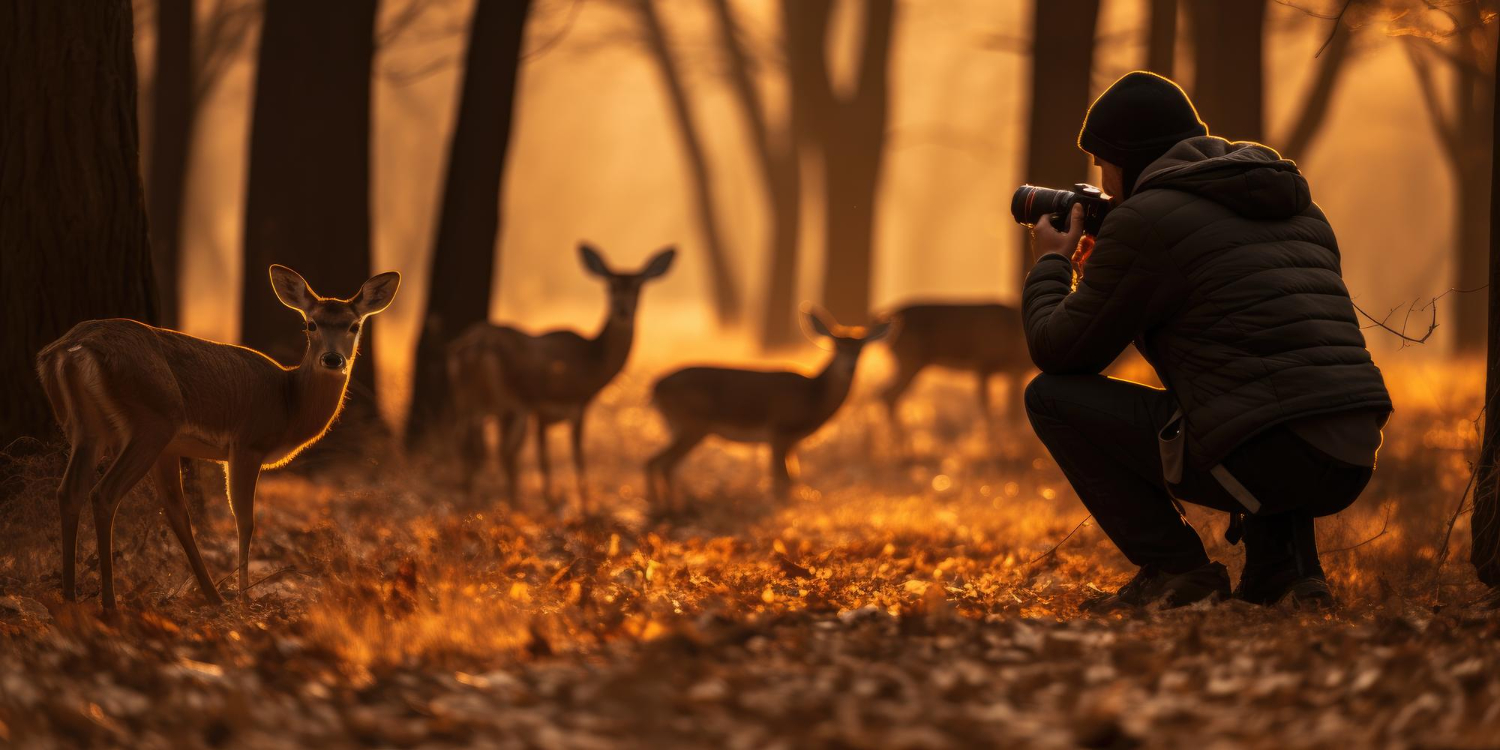There's something about Kabini that instantly grips your imagination whether it's the mist spreading over the backwaters at dawn, the tiger emerging from the forest, or the silence of the forest broken only by the braying of a peacock. For photographers, Kabini isn't a location, it's an experience. A chance to press pause on urban life and explore nature once more through the camera lens. But how did this small part of Karnataka turn into a wildlife photography haven?
From Hunting Ground to Protected Paradise
Kabini was a private hunting reserve of the Maharajas of Mysore. It was decades back when royalty would come here to test their mettle. Today, it's part of the Nagarhole National Park and one of India's best-protected wildlife reserves. This shift from exploitation to conservation changed everything. The forest slowly regained its health. Tigers came in to claim their space. Elephants wandered about freely again. The silence of the Kabini River became a canvas on which wild tales were painted, frame by frame. For photographers, this meant one thing: reality. Not staged safaris or tourist traps but real, unadulterated nature.
The Magic of Light, Water, and Wilderness
Any photographer will tell you that light makes or breaks a shot. Kabini's golden-hour lighting is legendary. Early mornings in the jungle come with a golden haze that dances through the trees, wrapping around subjects like a soft filter straight out of a dream. And then there's the Kabini backwaters, a serenely spooky water body surrounded by ghost trees and swirling mists. It adds mood, depth, and drama to every frame. Whether you're clicking a lone tusker at the water's edge or the birds taking flight reflected in the water, you know you're weaving magic.
Wildlife That Doesn't Shy Away
What actually puts Kabini on the world wildlife photography map is its relatively high chances of sightings. Leopards sunbathing on branches, elephant herds crossing roads, wild dogs hunting, Kabini makes patience pay. And then of course there's the Black Panther. This elusive melanistic leopard is a legend in its own time. To snap even a fuzzy picture of it is like striking gold. For others, the thrill of potentially catching a glimpse of this mythic creature is worth bringing them back again.
A Breather for the Soul
Besides photography, Kabini has something in store, comfort. One comes with cameras and expectations but leaves with something deeper: peace. The stress of deadlines, city noises, and the constant digital human begins to fade away amidst cicada songs and rustling leaves. That's why photoshoppers commonly refer to Kabini as being more than just a location, this is therapy. A time to unplug from noise and reconnect with that which is tangible, both internal and external.
Tips on How to Best Enjoy Your Kabini Experience
- Embrace the outdoors: Stay at accommodations which surround you by the woods. There is no need to sit around traveling while the golden light knows no delay.
- Travel in dry season (March–May): Animals tend to gather around water bodies, increasing your chances of sighting.
- Patient, not pushy: Wildlife photography is not a mad dash to pursue a shot. It's observing, respecting, and waiting.
- Light travel, but smart: Carry your essentials like telephoto lenses, spare batteries, and a good pair of binoculars.
- Respect the silence: Animals are attuned to every sound. Be quiet, be still, and nature will come to you.
Kabini is not a place, it's a moment. A moment of pause that helps you remember that some of the best stories aren't made, but witnessed.
If you're willing to let the magic of Kabini unfold before your eyes, come visit 3 Hills at Aster Holidays. A serene forest lodge that lets you unwind, stay together, and soak in the wild the way it's meant to be.

